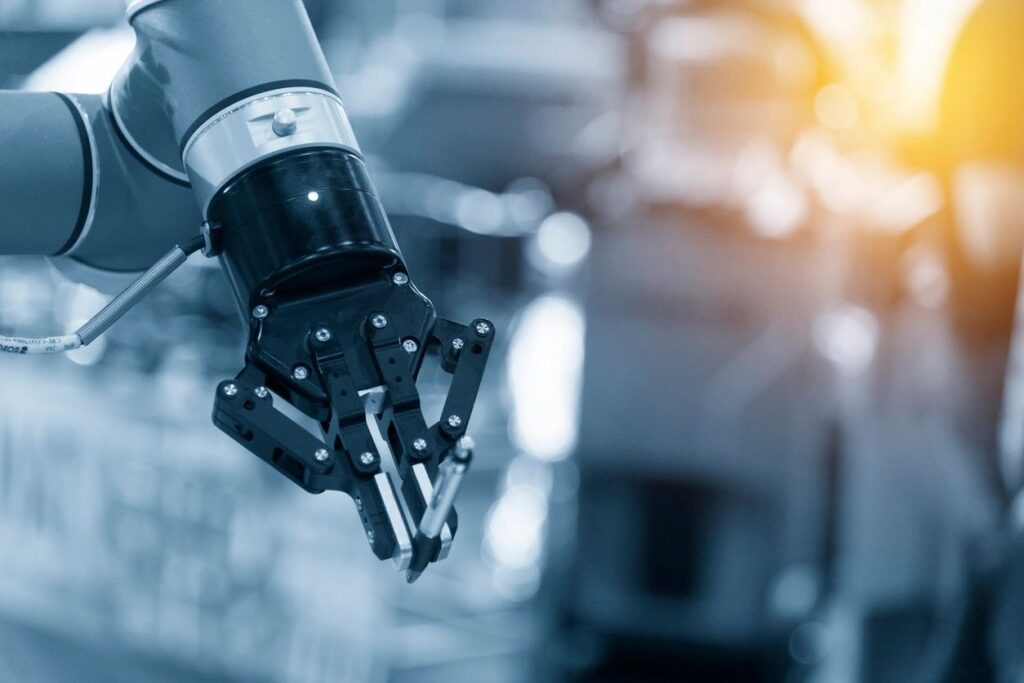In the world of robotics, much of the spotlight has traditionally shone on hardware advancements. Engineers and designers have tirelessly worked to create machines that not only look human-like but can also replicate the broad range of human movements. Yet, while impressive strides have been made in the physical design of humanoid robots, a crucial component remains under intense development: the intelligence that powers these robots. The shift from single-purpose to general-purpose robots signifies a monumental leap, one that hinges on significant advancements in robotic intelligence.
Generative AI has recently become a focal point in discussions about the future of robotic intelligence. New research from the Massachusetts Institute of Technology (MIT) suggests that generative AI could be a transformative force in this field. By enhancing how robots learn and execute tasks, generative AI has the potential to move us closer to the reality of general-purpose robots, capable of performing a wide array of functions with minimal human intervention.
One of the primary hurdles in developing general-purpose robots is the training process. While humans have well-established methods for learning and performing a variety of tasks, training robots presents unique challenges. Existing training techniques, such as reinforcement learning and imitation learning, show promise but are often fragmented and specialized. The introduction of generative AI models offers a way to integrate these techniques, providing a more holistic and effective training regimen.
Introducing Policy Composition (PoCo)
The MIT research team has developed an innovative method known as policy composition (PoCo). This technique leverages generative AI to improve how robots learn to perform multiple tasks. The approach involves training separate diffusion models to master specific tasks using dedicated datasets. These models, each tailored to a particular task, are then combined into a comprehensive policy that enables a robot to handle various tasks across different environments. For instance, robots can learn to both pound a nail and flip objects with a spatula by integrating the strategies learned from different datasets.
According to MIT’s findings, incorporating diffusion models into robotic training protocols has led to a 20% improvement in task performance. This enhancement includes the ability to tackle tasks requiring multiple tools and to adapt to new, unfamiliar tasks. By synthesizing information from various datasets, the system can create a sequence of actions necessary for effectively executing a task. Additionally, this ability to combine data and form cohesive action plans is crucial for developing truly versatile robots.
The Advantage of Hybrid Data
A significant benefit of the PoCo approach is its capacity to combine real-world and simulated data. This hybrid method takes advantage of the strengths of both types of data. “One of the benefits of this approach is that we can combine policies to get the best of both worlds,” explains Lirui Wang, the lead author of the MIT paper. “For instance, a policy trained on real-world data might be able to achieve more dexterity, while a policy trained on simulation might be able to achieve more generalization.” By merging these policies, robots can gain both precision and adaptability, essential qualities for performing a diverse range of tasks.
The overarching goal of this research is to develop intelligent systems that enable robots to seamlessly switch between different tools and perform a variety of tasks. Achieving this would mark a significant step toward realizing the dream of general-purpose robots—machines that can adapt to various functions and environments without extensive reprogramming or manual intervention. Such multi-purpose systems could revolutionize industries ranging from manufacturing to healthcare, where adaptability and efficiency are paramount.
The integration of generative AI into robotic training signifies a critical advancement in the pursuit of general-purpose humanoids. By enhancing task performance and enabling the synthesis of policies from diverse datasets, generative AI paves the way for more capable and versatile robots. As research continues to evolve, the vision of robots that can effortlessly transition between tasks and operate in a variety of settings becomes increasingly attainable. This progress promises to transform industries and redefine what is possible with robotic technology, heralding a new era where robots are not just tools but intelligent partners in a wide range of human endeavors.
See also: Siri And Google Assistant Look To Generative AI For A New Lease On Life


















